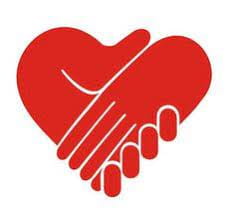Anais Cornfeld
Anais Cornfeld (she/her) is an eighth-grade student at LREI. she is the eldest of four siblings and enjoys sketching portraits, and painting birds. Anais has always been dedicated to the safety and well-being of others, inspiring her to focus on issues involving children.



